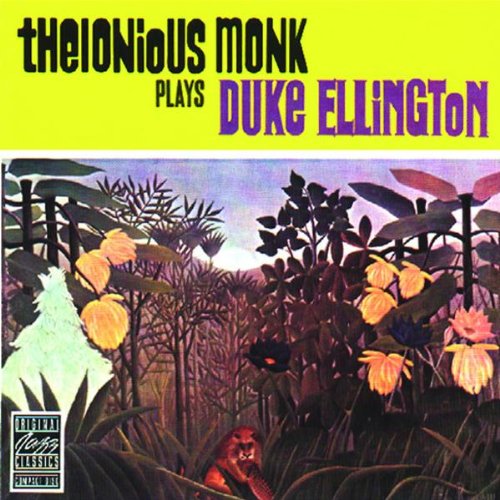
Like most Duke Ellington classics, this song has been recorded by just about every notable jazz artist around. But of all the versions I’ve heard, this one stands out because it captures the spirit of being alone better than any of the others.
Usually performed by a full band with the focus on the vocalist, there’s something much more genuinely solitude-ish about imagining Thelonious Monk hunched over his piano, so focused as to be almost oblivious to the fact that he’s even being recorded.
What makes this a beautiful song:
1. It’s dissonant. In most versions, the first chord is a nice smooth seventh as the singer croons “In myyy solituuuude…”. In Monk’s version, the opening chord is a crunchy mess, as if someone accidentally sat on the piano just after Monk started playing. I like Monk’s uncomfortable chords in this song. Solitude isn’t always comfortable.
2. It’s erratic. In most versions, the tempo sways smoothly and consistently along as you sip your martini. In Monk’s version, he hesitates, sometimes creeping slowly from chord to chord, and other times he sends the notes shooting up the piano like a startled squirrel up a tree.
3. It suits Thelonious Monk perfectly. His own life was dissonant and erratic; he spent his last ten years on antipsychotics to treat various mental illnesses, and died in isolation before reaching age 65. Knowing this, the original lyrics, left unsung in Monk’s instrumental version, are eerie in their absence: I sit in my chair/Filled with despair/Nobody could be so sad/With gloom ev’rywhere/I sit and I stare/I know that I’ll soon go mad/In my solitude.
Recommended listening activity:
Making tea for one.